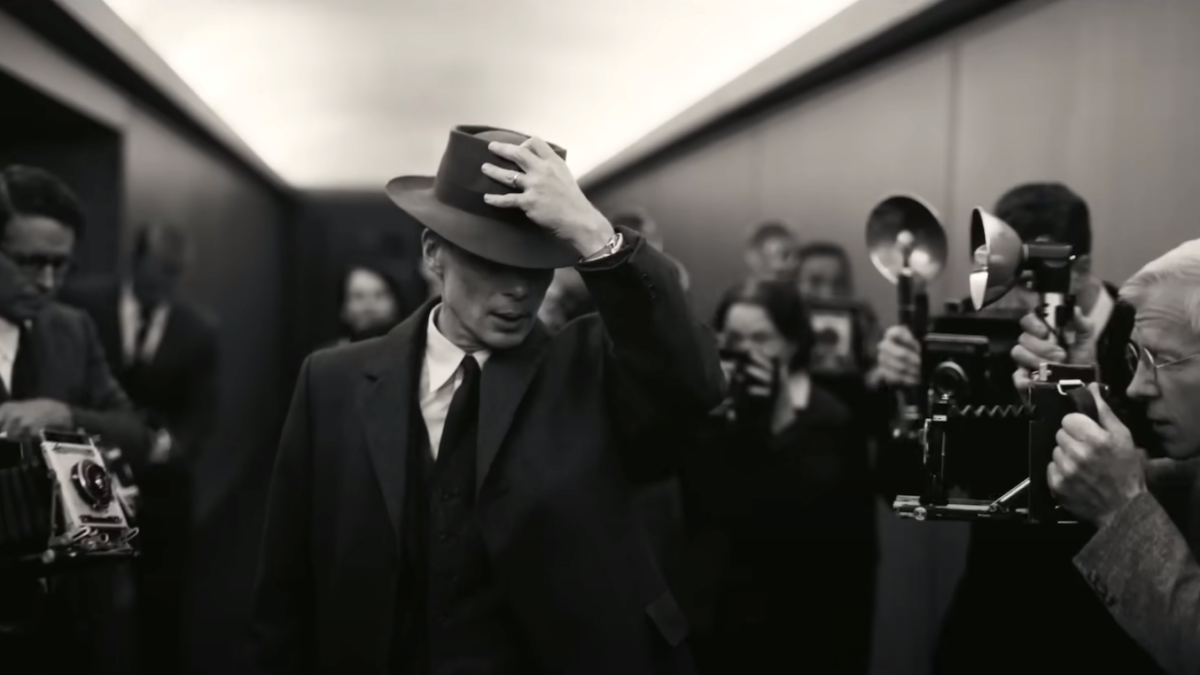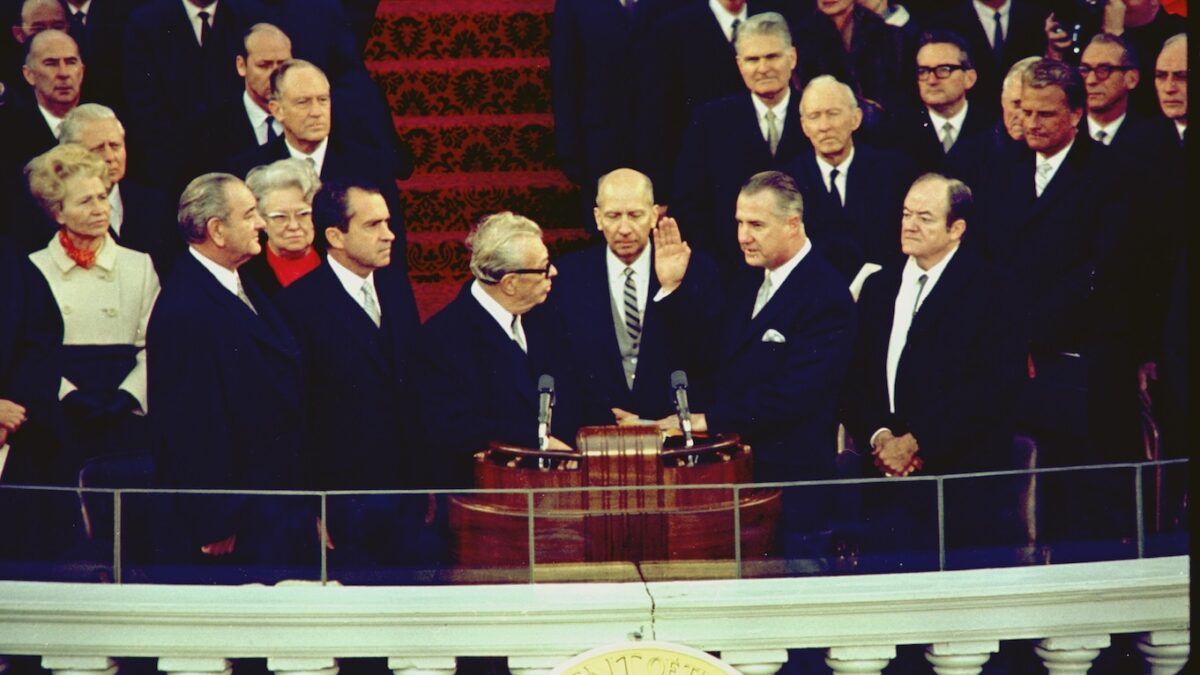“Barbieheimer” weekend went off with a $235.5 million bang. Or did it go up in a fiery mushroom cloud? Well, that depends on who you are and which of the blockbuster movies you saw.
The “Barbie” reviews were a mixed bag. Critics loved it. Most viewers apparently loved it too — except conservatives. While some didn’t hate it, others described it as “a flaming piece of dogsh-t.” As Federalist senior contributor Rich Cromwell wrote in these pages, the “Barbie” movie is “more lectures than laughs” and a total letdown: “‘Barbie’ is a two-hour grind through a litany of complaints about how the patriarchy is keeping the ladies down.” Among other complaints, the much-anticipated “life in plastic” feature pretended a man was a woman, pitted the sexes against each other, and told audiences full of girls that it’s “literally impossible to be a woman.” In other words, it left no doubt about who the “bad guy” is: the patriarchy.
There’s apparently little dispute about the quality of “Oppenheimer.” Boasting 94 percent on Rotten Tomatoes from critics and audiences alike, the Christopher Nolan masterpiece is, in a word, magnificent. Made for an immersive Imax experience, the World War II biopic about the “father of the atomic bomb” wows with stunning microscopic visuals, compelling characters, remarkable costumes and cosmetics, meticulous pacing, believable sin and secrecy, a moving score, and a star-studded cast. Even in sold-out theaters, you could hear a pin drop in the wind-up to the Trinity test — a beautiful scene worth all the wait and hype.
But perhaps most moving and memorable about the film is the moral conflict and ultimate ambiguity about who exactly are “bad guys.” Some are more obviously so, of course. Communism is clearly a foe, as are the Soviets, Nazis, Japanese, and the rest of America’s World War II enemies. Marital infidelity, too, doesn’t escape scrutiny as a destructive and deadly evil. Even the politically motivated deep state — along with kangaroo courts and other deniers of due process — receive a fair flogging in scenes reminiscent of our political moment.
But unlike in “Barbie,” a singular villain in “Oppenheimer” was less clear — and decidedly so. I left the theater with more questions than answers. Yes, J. Robert Oppenheimer was a victim of McCarthyism, but does that let him off the hook for evidence of espionage? He was right to end his extramarital trysts with Jean Tatlock, but was he wrong to feel doubt or responsibility after her suicide? How about the ethics of civilian casualties in a just war? If a husband’s world-shaping work keeps him absent from his home — and possibly contributes to his wife’s alcoholism or abuse of his children — is his work noble or neglectful? And what to do with the complex Lewis Strauss?
To that end, “Oppenheimer” viewers were likely taken by the striking shift from color to monochrome and back again — and the stark physicality of an aged, black-and-white Robert Downey Jr. But Nolan wasn’t just having a Victor Fleming moment. His colorization technique had apparently more to do with depicting the human perception of morality than establishing time and place.
Nolan explained this artistic device to The Associated Press. “I knew that I had two timelines that we were running in the film,” he said. “One is in color, and that’s Oppenheimer’s subjective experience. That’s the bulk of the film. Then the other is a black and white timeline. It’s a more objective view of his story from a different character’s [Strauss’s] point of view.”
Thus while some parts of the film are intended to convey a clear picture of the way things are, the bulk of the three-hour story is told from the view of the brilliant protagonist who isn’t likely to see anything clearly but the science. After all, his moral compass is clearly colored by competing interests in lust, politics, and his field, if not in war.
It goes without saying a movie based on the Manhattan Project probably has more potential to probe the depths of human nature than one based on Mattel. But when filmmakers decide to wade into morality, they should know that movies are more powerful when they implore viewers to think for themselves rather than telling them what to believe.









